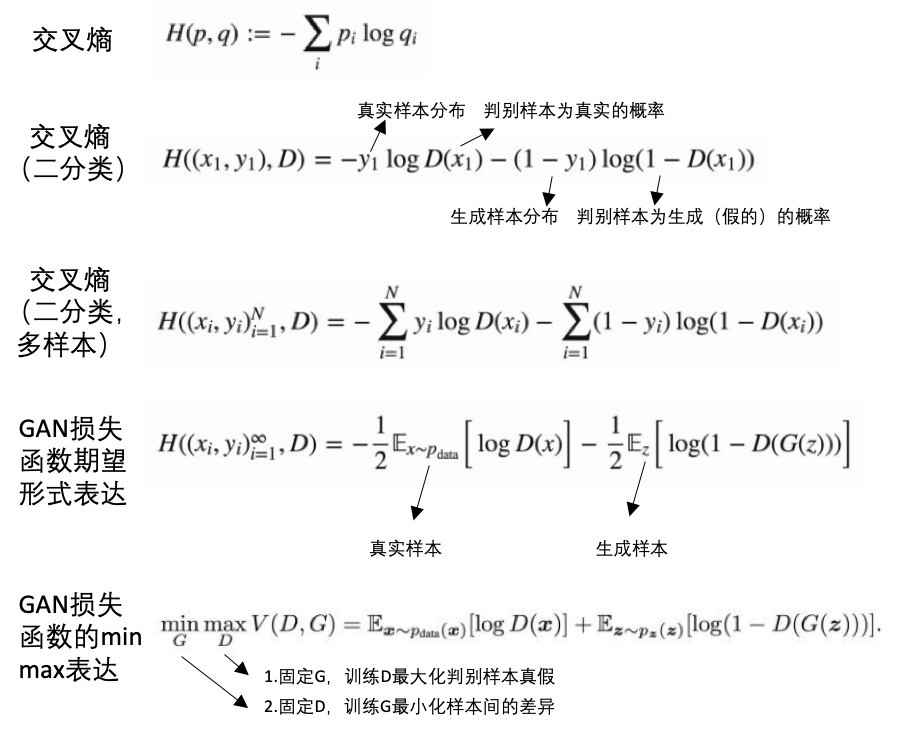目录
概述
生成对抗网络(Generative Adversarial Network, GAN),属于一种生成模型,通过生成样本,以训练模型,直到模型无法区分样本来源(真实 vs 生成)为止。
概念
1、网络结构
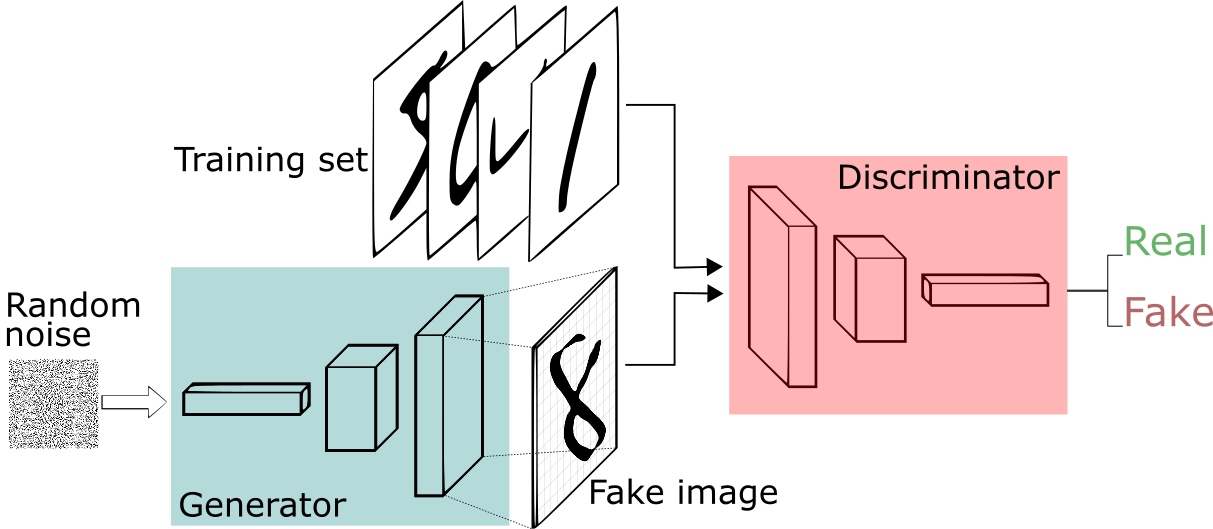
2、概念说明
组成部分:
- 生成器(Generator):生成样本,特征大小和训练集一样。比如这里通过增加随机噪音(这个噪音就是输入),生成与数字图片大小相同的像素图片(这就是输出)。
- 判别器(Discriminator):判别输入的来源。比如这里是根据输入的图片的像素特征(输入),判断其是来源于真实的数据集还是生成的数据集(输出)。
训练过程:
- 1)初始化生成器(G)和判别器(D)的参数
- 2)从真实样本中随机抽取n个样本,根据随机噪音使用生成器生成n个样本。保持生成器(参数)不变,训练判别器,使其能够很好的区分真实样本和生成样本。【现在判别器训练得很好了】
- 3)更新生成器,使用较小的学习速率。训练生成器,使得生成样本和真实样本之间的误差尽可能的小(尽可能使判别器区分不出来)。
- 4)多次迭代,最终判别器不能区分输入来源(输出真实或生成概率为50%)。

损失:
- 交叉熵(cross entropy):在信息论中,基于相同事件测度的两个概率分布
p和q的交叉熵是指,当基于一个“非自然”(相对于“真实”分布p而言)的概率分布q进行编码时,在事件集合中唯一标识一个事件所需要的平均比特数(bit)[from wiki]。交叉熵越小,则两个分布越接近。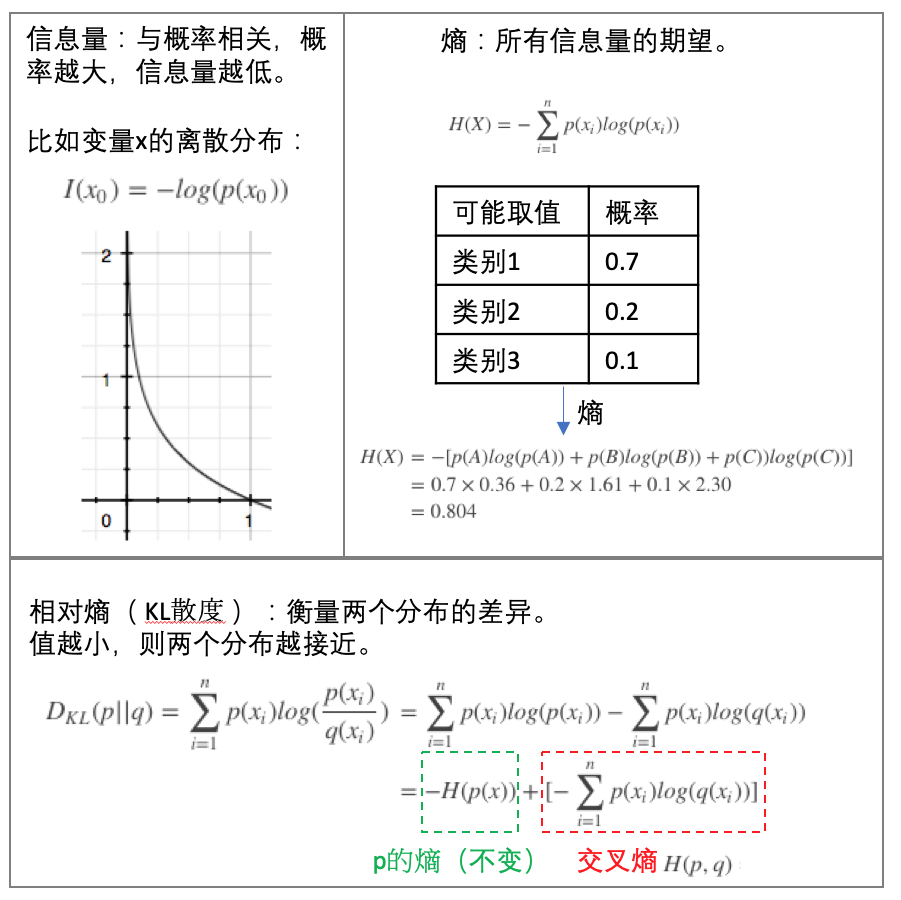
- 相对熵衡量两个分布的相似性,这里在讨论autoencoder的时候也说了,两个分布越相近时,熵值越小。这里是固定其中的一个值p=0.2,当q取不同的值时,相对熵(KL散度)的大小,从图中可以看出,当q取和p相等的值(分布一样)时,熵值最小。
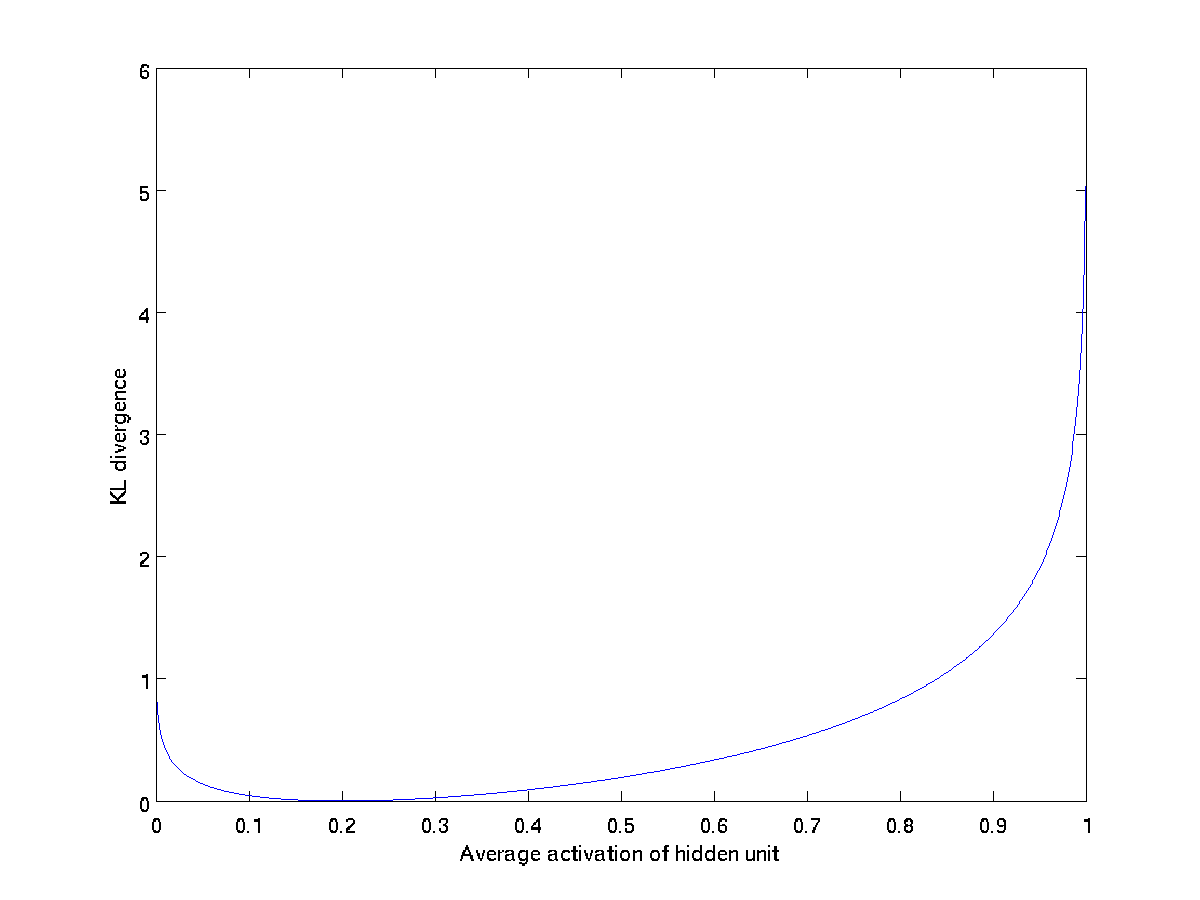
示例:MNIST手写识别
模型框架:
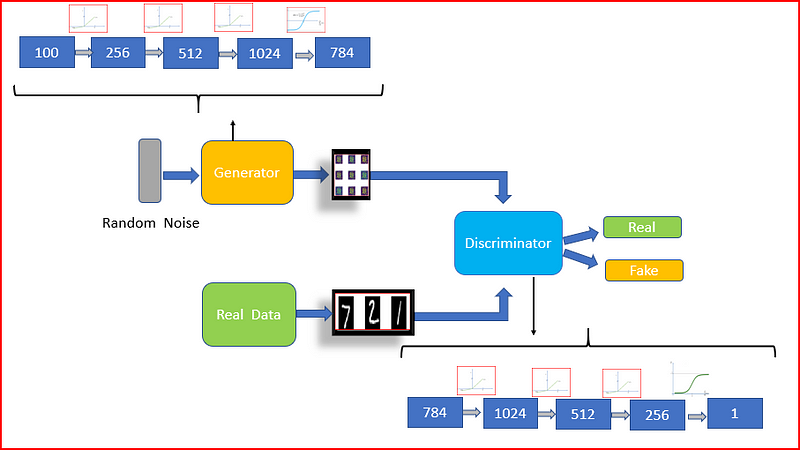
keras实现版本:
# https://github.com/eriklindernoren/Keras-GAN/blob/master/gan/gan.py
from __future__ import print_function, division
from keras.datasets import mnist
from keras.layers import Input, Dense, Reshape, Flatten, Dropout
from keras.layers import BatchNormalization, Activation, ZeroPadding2D
from keras.layers.advanced_activations import LeakyReLU
from keras.layers.convolutional import UpSampling2D, Conv2D
from keras.models import Sequential, Model
from keras.optimizers import Adam
import matplotlib.pyplot as plt
import sys
import numpy as np
class GAN():
def __init__(self):
self.img_rows = 28
self.img_cols = 28
self.channels = 1
self.img_shape = (self.img_rows, self.img_cols, self.channels)
self.latent_dim = 100
optimizer = Adam(0.0002, 0.5)
# Build and compile the discriminator
self.discriminator = self.build_discriminator()
self.discriminator.compile(loss='binary_crossentropy',
optimizer=optimizer,
metrics=['accuracy'])
# Build the generator
self.generator = self.build_generator()
# The generator takes noise as input and generates imgs
z = Input(shape=(self.latent_dim,))
img = self.generator(z)
# For the combined model we will only train the generator
self.discriminator.trainable = False
# The discriminator takes generated images as input and determines validity
validity = self.discriminator(img)
# The combined model (stacked generator and discriminator)
# Trains the generator to fool the discriminator
self.combined = Model(z, validity)
self.combined.compile(loss='binary_crossentropy', optimizer=optimizer)
def build_generator(self):
model = Sequential()
model.add(Dense(256, input_dim=self.latent_dim))
model.add(LeakyReLU(alpha=0.2))
model.add(BatchNormalization(momentum=0.8))
model.add(Dense(512))
model.add(LeakyReLU(alpha=0.2))
model.add(BatchNormalization(momentum=0.8))
model.add(Dense(1024))
model.add(LeakyReLU(alpha=0.2))
model.add(BatchNormalization(momentum=0.8))
model.add(Dense(np.prod(self.img_shape), activation='tanh'))
model.add(Reshape(self.img_shape))
model.summary()
noise = Input(shape=(self.latent_dim,))
img = model(noise)
return Model(noise, img)
def build_discriminator(self):
model = Sequential()
model.add(Flatten(input_shape=self.img_shape))
model.add(Dense(512))
model.add(LeakyReLU(alpha=0.2))
model.add(Dense(256))
model.add(LeakyReLU(alpha=0.2))
model.add(Dense(1, activation='sigmoid'))
model.summary()
img = Input(shape=self.img_shape)
validity = model(img)
return Model(img, validity)
def train(self, epochs, batch_size=128, sample_interval=50):
# Load the dataset
(X_train, _), (_, _) = mnist.load_data()
# Rescale -1 to 1
X_train = X_train / 127.5 - 1.
X_train = np.expand_dims(X_train, axis=3)
# Adversarial ground truths
valid = np.ones((batch_size, 1))
fake = np.zeros((batch_size, 1))
for epoch in range(epochs):
# ---------------------
# Train Discriminator
# ---------------------
# Select a random batch of images
idx = np.random.randint(0, X_train.shape[0], batch_size)
imgs = X_train[idx]
noise = np.random.normal(0, 1, (batch_size, self.latent_dim))
# Generate a batch of new images
gen_imgs = self.generator.predict(noise)
# Train the discriminator
d_loss_real = self.discriminator.train_on_batch(imgs, valid)
d_loss_fake = self.discriminator.train_on_batch(gen_imgs, fake)
d_loss = 0.5 * np.add(d_loss_real, d_loss_fake)
# ---------------------
# Train Generator
# ---------------------
noise = np.random.normal(0, 1, (batch_size, self.latent_dim))
# Train the generator (to have the discriminator label samples as valid)
g_loss = self.combined.train_on_batch(noise, valid)
# Plot the progress
print ("%d [D loss: %f, acc.: %.2f%%] [G loss: %f]" % (epoch, d_loss[0], 100*d_loss[1], g_loss))
# If at save interval => save generated image samples
if epoch % sample_interval == 0:
self.sample_images(epoch)
def sample_images(self, epoch):
r, c = 5, 5
noise = np.random.normal(0, 1, (r * c, self.latent_dim))
gen_imgs = self.generator.predict(noise)
# Rescale images 0 - 1
gen_imgs = 0.5 * gen_imgs + 0.5
fig, axs = plt.subplots(r, c)
cnt = 0
for i in range(r):
for j in range(c):
axs[i,j].imshow(gen_imgs[cnt, :,:,0], cmap='gray')
axs[i,j].axis('off')
cnt += 1
fig.savefig("images/%d.png" % epoch)
plt.close()
if __name__ == '__main__':
gan = GAN()
gan.train(epochs=30000, batch_size=32, sample_interval=200)
pytorch实现版本:
# https://github.com/BeierZhu/GAN-MNIST-Pytorch/blob/master/main.py
参考
If you link this blog, please refer to this page, thanks!
Post link:https://tsinghua-gongjing.github.io/posts/GAN.html
Previous:
深度学习调参技巧
Next:
机器学习roadmap
Latest articles
Links
- ZhangLab , RISE database , THU life , THU info
- Data analysis: pandas , numpy , scipy
- ML/DL: sklearn , sklearn(中文) , pytorch
- Visualization: seaborn , matplotlib , gallery
- Github: me
